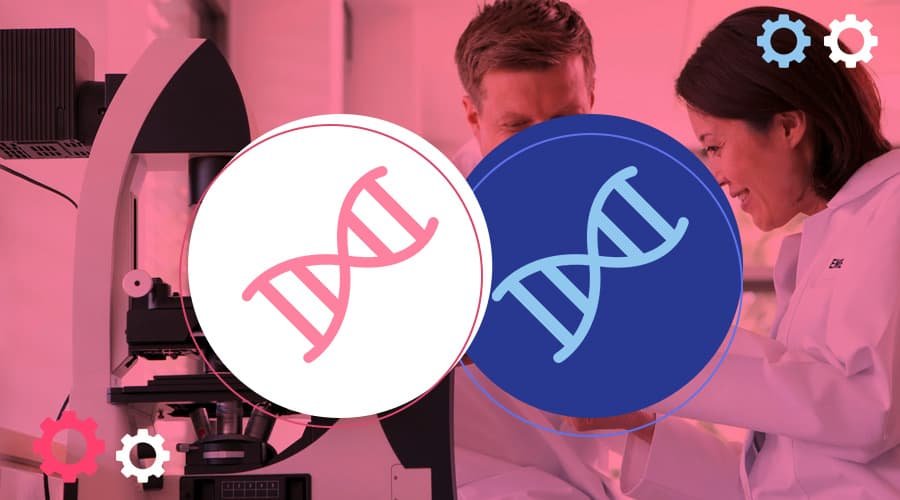Source – https://www.analyticsinsight.net/
As machine learning has progressed over the years, several industries adopted this technology to innovate and simplify business processes. Many industrial sectors like healthcare, retail, manufacturing, defense, and education have taken up AI and machine learning to enhance customer experiences.
Machine learning has worked wonders for microscopic data processing. It has reduced the processing time from months to seconds.
The nanoscale bioelectrical characterization group of the Institute for Bioengineering of Catalonia, led by Professor Gabriel Gomila, has been analyzing a type of cell using a special kind of microscopy called scanning dielectric force volume microscopy. This technique is developed in recent years to create maps of an electrical physical property called the dielectric constant.
Researchers have chosen this technique to reduce the microscopic data processing time. To increase efficiency, they are using machine learning algorithms instead of traditional computing methods, which took months to deliver accurate results earlier. The machine-learning algorithm can build the dielectrically composition map in just seconds. It functions with the help of deep neural networks that mimics the functions of a human brain.
Researchers have certified their findings by analyzing them with different facts about cell composition like the lipid nature of the cell membrane, the nucleic acids present in the nucleus, and others. This recent development opens unprecedented opportunities to study large quantities of cells in a short amount of time.
